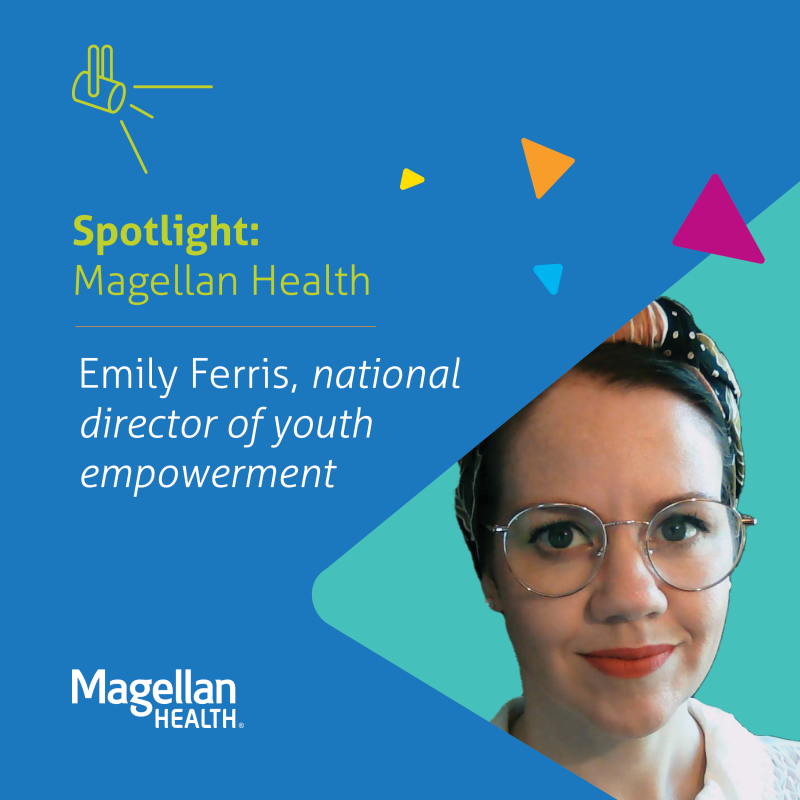7 Tips to Help Older Adults Cope with Loneliness During Retirement
Retirement is often seen as a time to relax, enjoy hobbies and spend time with loved ones. However, for many older adults, it can also be a time of loneliness and isolation. According to a study by the University of Michigan National Poll on Healthy Aging, 34% of older adults felt a lack of companionship and 27% felt isolated from others during the past year.
Chronic loneliness can have detrimental effects on older adults’ physical wellbeing, mental health and life expectancy. It can even shorten life expectancy more than being overweight or sedentary, and as much as smoking. Older adults may also feel lonely as a result of health problems. For example, an older adult who has hearing loss or mobility concerns may find it difficult to interact with others socially.
Having meaningful social connections and frequent interactions may help alleviate loneliness. The seven tips below can help older adults stay connected and engaged during retirement.
- Staying connected with family and friends—Family and friends are an essential source of support and social interaction. Older adults should try to stay connected with loved ones, whether through phone calls, video chats or in-person visits. Planning regular activities or outings with family and friends can help keep relationships strong and prevent feelings of loneliness.
- Engaging with religious groups—Religious communities often offer a supportive and inclusive environment where older adults can connect with individuals who share similar values and beliefs. Many religious groups also attract people from different age groups, creating opportunities for intergenerational connections, mentorship and the sharing of wisdom and experiences.
- Joining a community group or club—Whether it’s a book club, gardening group or volunteering organization, becoming a part of a community group or club with similar interests is a great way for older adults to connect with others and build relationships while pursuing interests.
- Learning something new—Retirement provides more time to explore new hobbies and interests. Taking a class, attending a workshop or joining a discussion group are fun ways for older adults to learn something new and pass the time, and a great way to meet new people.
- Volunteering—There are many opportunities for older adults to volunteer, whether it’s at a local food bank, hospital or animal shelter. Volunteering can provide a sense of purpose and fulfillment. And it’s a great way for older adults to give back to the community while building social connections.
- Joining a home visiting program—These programs connect older adults with compassionate volunteers who provide regular companionship, meaningful conversations and support. By welcoming friendly faces into their homes, older adults can alleviate isolation, foster new friendships and create a fulfilling support network.
- Embracing technology—Technology provides many opportunities for social connection and interaction. Older adults can use social media platforms like Facebook, Instagram and NextDoor to stay in touch with family and friends, as well as online communities like Meetup to find groups and events based on interests.
When loneliness becomes too much
If feelings of loneliness persist and begin to impact older adults’ overall wellbeing, seeking professional help may be necessary. Mental health professionals can provide older adults support and guidance on coping strategies and techniques for managing loneliness.
Retirement can be a fulfilling and enjoyable time for older adults, but it can also come with feelings of loneliness and isolation. Utilizing these tips can help older adults stay connected, engaged and maintain good mental health during this new phase of life.
Magellan Healthcare Older Adult Assistance
At Magellan, we understand the unique challenges older adults may face during retirement. That’s why we offer our Older Adult Assistance program. This program is designed to provide older adults the relationships and resources they need to thrive during retirement. Visit here to learn more about our Older Adult Assistance program.
Source:

 How does EFMP work?
How does EFMP work?